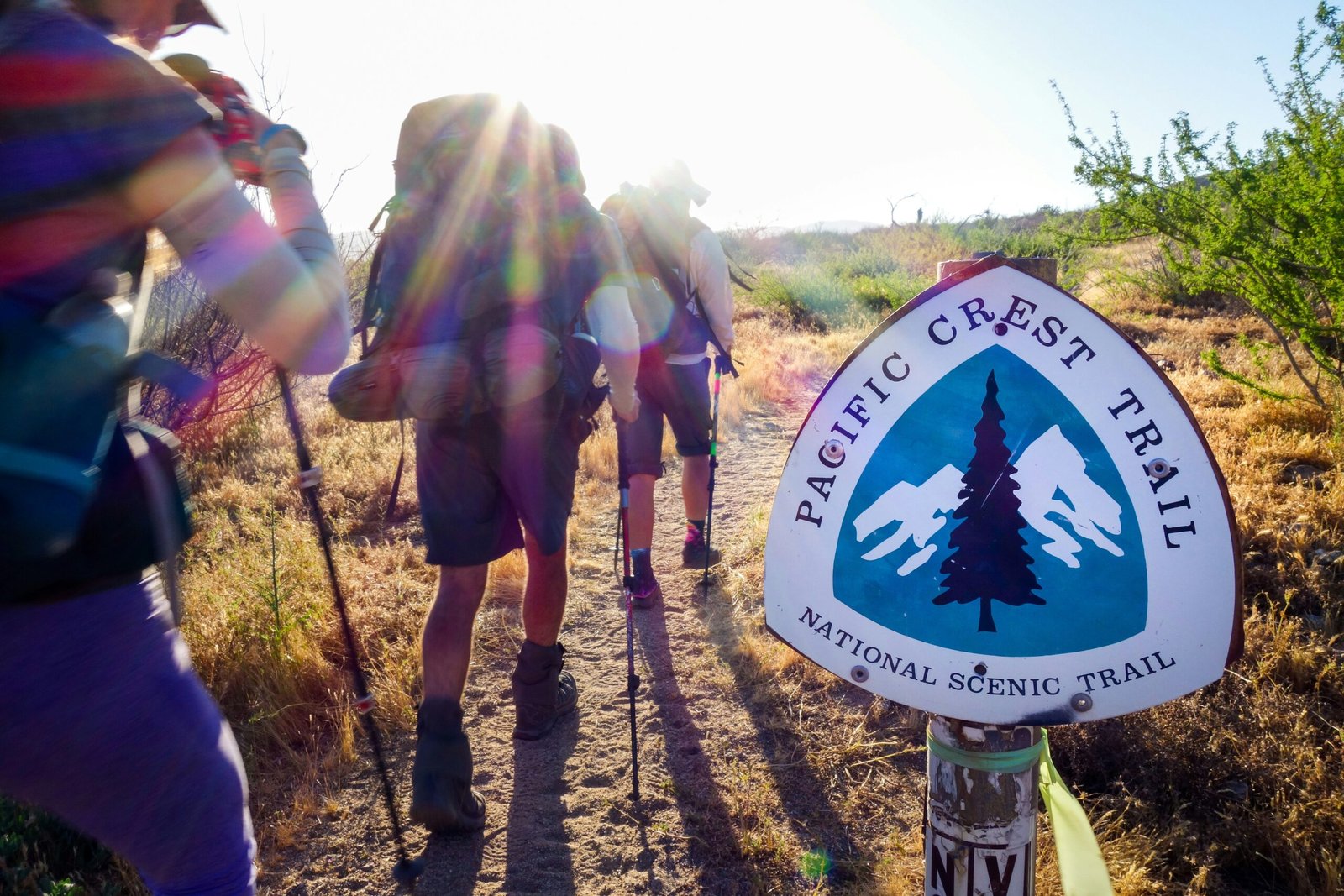When it comes to epic hiking adventures, few can rival the Pacific Crest Trail (PCT). Stretching over 2,650 miles from the border of Mexico to Canada, this iconic trail offers a once-in-a-lifetime experience for outdoor enthusiasts and nature lovers.
Unforgettable Scenery
One of the main attractions of the Pacific Crest Trail is the breathtaking scenery that unfolds along its route. Hikers are treated to a diverse range of landscapes, from the arid deserts of Southern California to the towering peaks of the Sierra Nevada and the lush forests of the Pacific Northwest. The trail takes you through six national parks, including Yosemite, Crater Lake, and North Cascades, each offering their own unique beauty.
As you make your way along the trail, you’ll encounter stunning vistas, crystal-clear alpine lakes, cascading waterfalls, and abundant wildlife. From the snow-capped mountains to the wildflower-filled meadows, every step offers a new and awe-inspiring view.
Physical and Mental Challenge
Hiking the Pacific Crest Trail is not for the faint of heart. It requires physical stamina, mental resilience, and careful planning. The trail traverses through varying elevations, ranging from sea level to over 13,000 feet, which can be demanding on the body. Hikers must be prepared to face steep climbs, rocky terrain, and extreme weather conditions.
Completing the PCT is a test of endurance and self-reliance. It requires months of commitment, as hikers typically take four to six months to complete the entire trail. Along the way, they must navigate through remote wilderness areas, carry all their supplies, and make strategic decisions about water sources and resupply points.
A Sense of Community
While hiking the Pacific Crest Trail may be a solitary endeavor, it also offers a unique sense of community. The trail attracts a diverse group of hikers from all walks of life, united by a shared love for the outdoors. Along the way, hikers form bonds, share stories, and provide support to one another.
Trail towns and resupply points offer opportunities for hikers to rest, replenish their supplies, and connect with fellow hikers. These places become havens of camaraderie, where stories are exchanged, advice is shared, and friendships are forged. The PCT community extends beyond the trail, with online forums and social media groups providing a platform for hikers to connect and share their experiences.
Planning and Preparation
Embarking on a journey along the Pacific Crest Trail requires careful planning and preparation. Hikers must consider factors such as permits, gear, food resupply, and transportation logistics. It is essential to research and understand the trail conditions, weather patterns, and potential hazards.
Physical fitness is crucial for tackling the challenges of the trail. Hikers should engage in a training regimen that includes endurance exercises, strength training, and hiking with a loaded backpack. It is also advisable to consult with experienced hikers or join a hiking group to gain valuable insights and advice.
Leave No Trace
Preserving the natural beauty of the Pacific Crest Trail is of utmost importance. Hikers are encouraged to follow the principles of Leave No Trace, which include packing out all trash, minimizing campfire impact, respecting wildlife, and staying on designated trails. By practicing Leave No Trace ethics, hikers can help ensure that future generations can also enjoy the trail’s pristine wilderness.
The Pacific Crest Trail offers a transformative experience, allowing hikers to disconnect from the demands of modern life and reconnect with nature. It is a journey that challenges the body, nourishes the soul, and creates lasting memories. Whether you choose to hike a section or tackle the entire trail, the Pacific Crest Trail promises an adventure like no other.

